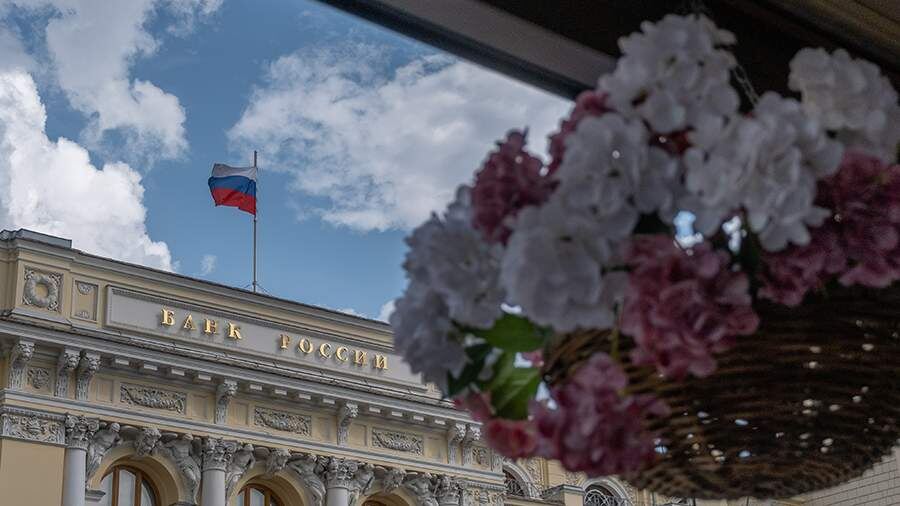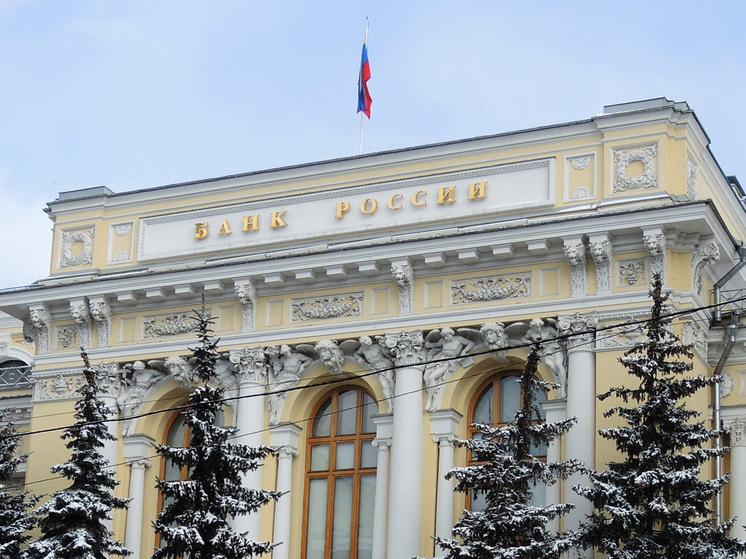
Central Bank cuts key interest rate to 17%.
The Central Bank of Russia has reduced its key interest rate by one percentage point to 17%. This marks the third consecutive cut, following a period of stringent regulatory policy that lasted over two and a half years. Inflation in Russia continues its slow but steady deceleration, reaching 8.1% by September 8th, according to revised data from the Ministry of Economic Development – a factor clearly considered by the regulator.

Photo: Gennady Cherkasov
Another significant consideration was the need to stimulate the struggling domestic economy, whose growth rates had notably declined by autumn. Financial experts share their insights on how this decision by the Bank of Russia will impact the overall economy and the financial well-being of citizens.
Expert Opinions on the Rate Cut
Natalia Milchakova, Lead Analyst at Freedom Finance Global:
«Lowering the key rate will help revitalize lending and make financial resources more affordable for businesses. However, to fundamentally alter the economic trajectory and restore the high growth rates seen in 2024, the key rate would need to be even lower, around 14-15% annually. A lower key rate, while reducing bank interest rates and increasing lending volumes, could also expand the money supply and slow down disinflation. Similar situations have previously occurred in the US and Eurozone, where central banks initiated rate cuts earlier than Russia.»
«As the key rate continues to fall, interest rates on both loans and deposits will decrease. Following today`s CBR decision, we anticipate mortgage rates could average 22-23% annually, while deposit rates might decline to 13-15% annually.»
«For ordinary Russians, the impact of a lower key rate will be mixed. While mortgages and consumer loans will become slightly cheaper, deposit rates will continue to fall. However, for the next one to two months, deposit rates are expected to remain in double digits, offering savers reasonable returns. Crucially, lower lending rates should enhance access to finance for businesses and foster job creation. We forecast the dollar to trade between 83-85 rubles, the euro between 96-99 rubles, and the yuan between 11.4-11.8 rubles by the end of the week.»
Vasily Girya, CEO of GIS Mining:
«The CBR`s decision is logically underpinned by reduced domestic inflationary risks and the need to support lending and business activity. With the geopolitical landscape currently less dominant and not dictating immediate tightening, the Bank of Russia has room to pursue a controlled easing trajectory.»
«The regulator`s rationale considers several factors: current inflation, household and business inflation expectations, the foreign exchange market balance, external conditions, import and export dynamics, and financial stability. The CBR will clearly state the conditional nature of future steps: the more sustained the inflation slowdown and the weaker secondary effects (fuel, logistics, imported components), the greater the likelihood of further rate cuts in the autumn. Conversely, if pro-inflationary factors intensify, the pace of rate reduction will slow.»
«For the ruble, the effect is mixed. While the rate cut itself exerts pressure on the ruble, this impact is not immediate and has largely been priced in by banks and major investors. In the foreseeable future, the dollar is expected to remain in the 82-86 ruble range, the euro between 94-98 rubles, and the yuan between 11.45-11.7 rubles. Future dynamics will depend on the balance of flows: importer activity, exporter revenue sales, and the external environment, with geopolitics remaining a key factor.»
«Banking products will adjust at varying speeds. Deposit rates typically react faster, with initial reductions on new deposits possible within 1-2 weeks of the decision. For loans, the effect is more gradual: short-term and working capital loans may see changes within 3-6 weeks, new consumer and car loans by 0.5-1% over 1-2 months, and mortgages will adjust selectively and gradually, largely depending on subsidies and bank programs.»
Natalia Pyryeva, Lead Analyst at Tsifra Broker:
«The inflation trajectory is below the Bank of Russia`s forecasts, and the economy is also decelerating faster than anticipated. This has enabled the regulator to continue lowering the key rate, especially given the rising economic risks. While the seasonal decline in fruit and vegetable prices is more pronounced than last year, it doesn`t guarantee a sustained slowdown in autumn inflation. Specifically, we`re already observing an acceleration in price growth across most non-food categories, which are sensitive to the exchange rate. Furthermore, there`s a significant increase in prices for unregulated services, driven by continuous growth in household incomes amid historically low unemployment. Consequently, the balance remains tilted towards pro-inflationary risks stemming from the budget, labor market, elevated inflation expectations, and ruble exchange rate dynamics.»
«The ruble`s weakening trend is gradually intensifying. A soft oil market is curtailing export revenues for Russian oil and gas companies, while the key rate reduction and subsequent decline in deposit rates diminish the attractiveness of ruble-denominated assets. This combination leads to a reduced supply of foreign currency in the market. Nevertheless, we do not foresee a sharp depreciation of the ruble in the short term.»
«Banks are already targeting a key rate reduction to 14-15% by year-end and are lowering deposit rates, even as consumer lending rates remain high. We anticipate this trend will continue as the key rate falls: deposit rates will decrease faster than loan rates. This discrepancy primarily allows banks to offset the period of expensive funding.»
«The initiation of looser monetary policy will not immediately translate into a better life for Russians. As the saying goes, it`s always darkest before the dawn. Therefore, we believe that the burden of high rates will continue to negatively impact both individuals and businesses through the end of 2025. The true positive effects of monetary easing are more likely to become apparent in 2026, probably in the latter half.»











